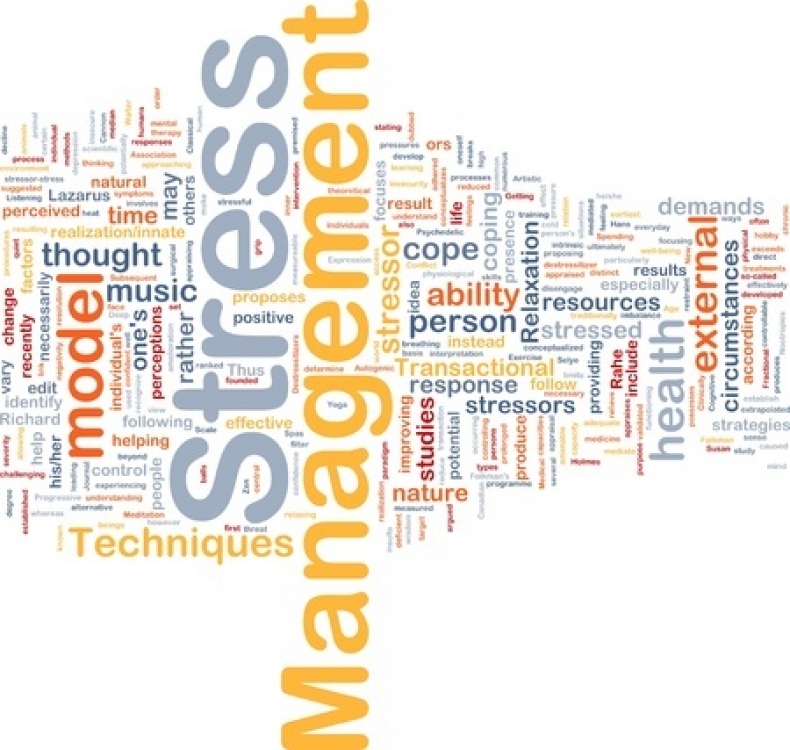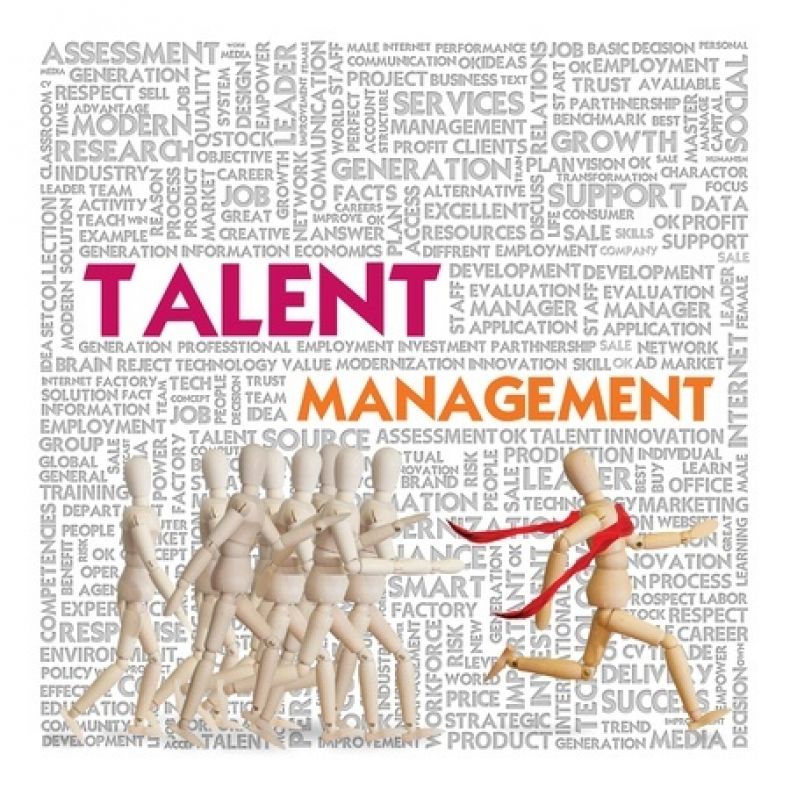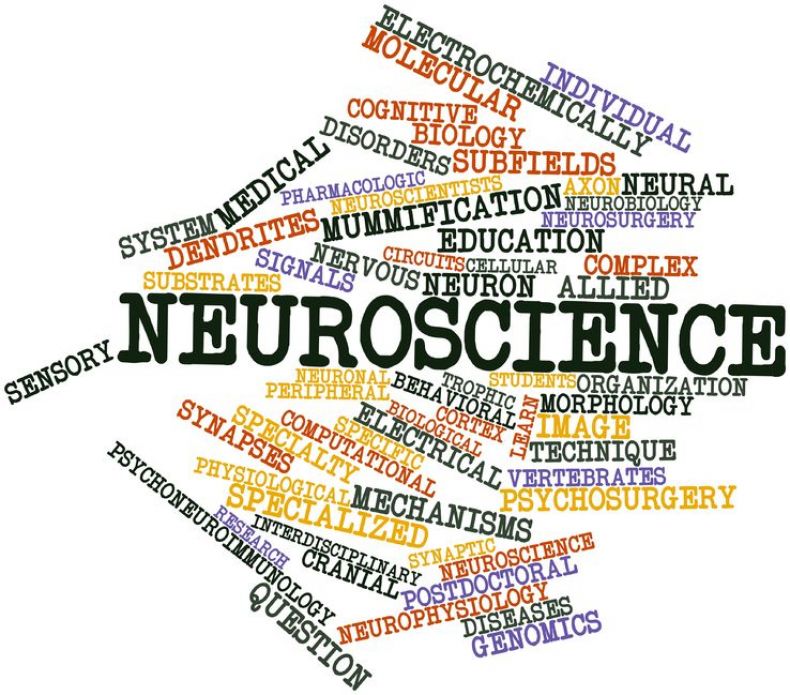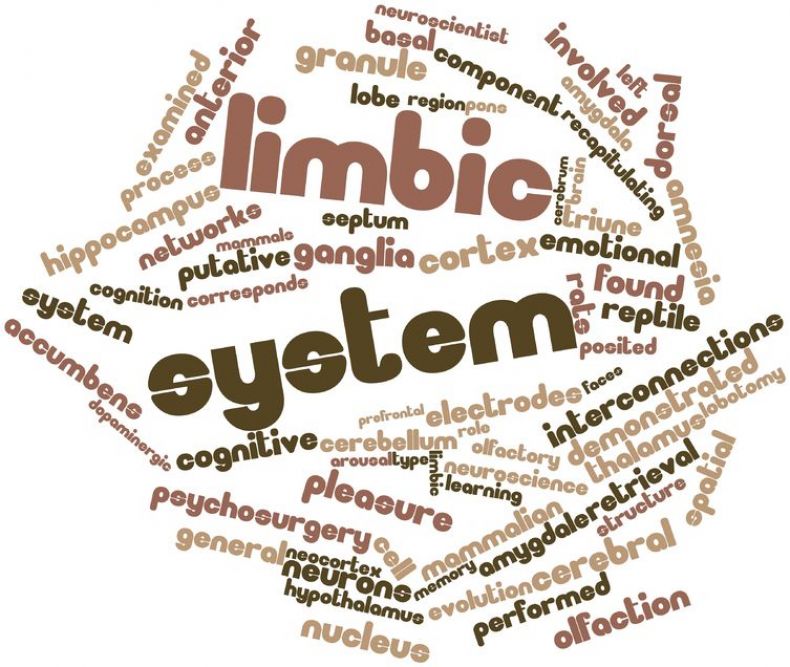Uncategorised Article Count: 10
Acuity Coaching Article Count: 6
Our approach
Flexible solutions
Acuity Coaching combines Executive Search and Selection techniques with global coaching knowledge to offer a solution for multinational organisations who want to offer consistency and quality in coaching on a global basis.
Sourcing Coaches
One of the real strengths of coaching is the huge variation of styles and approaches available. This does cause problems, though, as most buyers are not fully aware of the full range available or how to access and select the right coach.
Selecting Coaches
Increasingly organisations are looking to validate the capabilities of the coaches, assessors and facilitators they work with, and develop a greater understanding of when they should be utilised and who they would match with.
Building a panel of Coaches
When organisations look to build or extend their panel of external coaches, the fragmented market can seem very confusing, particularly when targeting emerging markets such as the Middle East and Asia.
Process Management
Many organisations manage and deploy coaches, assessors and facilitators centrally. This enables them to track assignments and report on progress whilst exerting some control over who receives coaching and why.
Additional Services
Solutions
Our ability to take a business need and then to design and deliver a solution is a key strength. Solutions we have delivered include:
Guides & help Article Count: 1
About Acuity Article Count: 3
About Acuity Coaching
Who we are
Our clients
Press & media
Who we are Article Count: 8
Acuity Updates Article Count: 6
A little look at what has been happening...
Lunch & Learn
Acuity offer HR free Lunch & Learn opportunities! We have launched a service that provides a set of learning opportunities specifically for the HR community delivered over lunch. Facilitated by coaches and subsidised by Acuity so there is no cost to you.
Coaching Trends
We are noticing a great deal of interest in coaching for Executives on the Autistic Spectrum from both clients and coaches. Some sectors have placed a premium on subject matter excellence when hiring or promoting which has led to a high proportion of Executives with these behavioural traits.
Market News
We have recorded the biggest leap in demand for Team Effectiveness interventions that we have ever witnessed. Enquiries for Group Facilitation and Team Dynamics workshops increased by 185% in Q1 over the same period last year. Clients are telling us that this is driven by the formation of new team following restructuring.
A new Acuity platform
A new technology platform is under development that will enable Acuity to manage and deliver a wider range of services. The system enables self-service for clients for coaching and facilitation globally. It supports our existing on-line MI capability and enhances it with live thematic data capture and analysis. The platform is expected to go live in Q4.
Acuity Global Development
Acuity launches new brand in North America reflecting broader service offering. As from June 2014 Acuity Coaching has formalised the expansion of its business and has positioned itself in some of its key markets as Acuity Global Development or AGD. This move recognises the journey that Acuity has taken in enabling large organisations to improve performance by accelerating both Organisational and People Effectiveness in a systematic way. In presenting AGD this enables us to present all our existing capabilities in a coherent package. Acuity Coaching already has established a strong track record of success in the world of Organisational and People Effectiveness.
Press Releases Article Count: 4
Knowledgebase Article Count: 1
Stress in the Workplace
Talent in the Workplace
Neuroscience in the Workplace
Stress in the Workplace Article Count: 7
Stress in the workplace
Stress has a major impact on the modern workplace, leading to Absenteeism, Risk Exposure and significant Cultural and Commercial Costs. Even though it is a very sensitive issue, stress and other psychosocial risks can be successfully tackled, and reduced; tackling stress in the workplace is worth the effort.
What Organisations Can Do
It's in a Leader's best interest to keep stress levels in the workplace to a minimum. Leaders can act as positive role models, especially in times of high stress, by following some simple tips. If a respected Leader can remain calm in stressful work situations, it is much easier for his or her employees to also remain calm.
What You Can Do
1.Greet People Cheerfully
Greeting people cheerfully, especially in the morning, is an important way to manage your stress. In doing this you set the tone for your (and their!) day. Imagine starting a day on a low and watch it get worse!
And the latest research shows…..
- Over 105 million days are lost to stress each year – costing UK employers £1.24 billion.
What is the cost of stress in the workplace?
What is the real price to pay for not investing in occupational safety and health? Many studies have previously tackled this question by evaluating the costs of poor or non-existent safety and health at work. This report reviews a selection of these studies and analyses the estimating methods used by each.
Stress in the City
The distress of the fortunate
When was the last time you left the office thinking, “I’ve just had the worst day of my life”?
Industry restructuring has tremendous impact on people made redundant, and companies rightly offer outplacement and other support services to those unfortunate enough to lose their jobs.
Harnessing culture against upheaval
Appeals to established norms of behaviour and performance can help people to deal with the stress of restructuring.
Industry upheaval and company restructuring can disfigure the cultural landscape of an institution.
Talent in the Workplace Article Count: 9
Talent in the Workplace
Retaining talent is very important in any organisation. Keeping your top performers and preventing your best employees from looking for opportunities with your competitors is much cheaper than constantly recruiting new ones. This article will outline the main things which employers can do to retain talent and will outline some key points which can be used to improve staff retention.
What Organisations Can Do
Retention is not always easy
Talent management and employee retention is critical to the success of an organisation. Without a focus and an understanding of people, behaviours, and what engagement and rewards strategies work best for your culture, attracting the right talent and reducing turnover can be even more difficult.
What You Can Do
If you want to be one of the talented individuals that your Organisation wants to keep, here are some key things to consider:
1. Be positive in your approach
No one wants to be surrounded by miserable naysayers. Make sure that you get noticed for the right reasons! Be positive in your approach to your role and your colleagues. Make a determination to enjoy a different aspect of your role every single day and publicise it.
And the latest research shows…..
- In 2001, the focus was on attracting and retaining 'high potential' and 'high performing' employees.
- In 2014, however, 66 percent of respondents are saying it's much more important for organisations to have a holistic approach to talent management that addresses the needs of all employees as well as those in critical roles.
The Global Talent Index Report: The Outlook to 2015
Judging by persistently high unemployment levels in many countries, and growing pools of potential recruits in the developing world, policymakers and business leaders may be forgiven for viewing "talent wars" as a relic of a pre-downturn idyll.
How to attract, keep and motivate your employees
- Conduct an employee satisfaction survey at least once a year.
- Initiate interviews and surveys concerning the real reasons people come to and leave your organisation.
Brain Friendly Feedback
by Dr Robert Edmonson, Principal Consultant, Paradigm21 Group
Feedback is a GIFT….when given and received constructively
>9 Steps to Successful Leadership
by Robert Schriek, Executive Coach, Paris-London-Amsterdam-Brussels
1. Self awareness
Being yourself is a good thing. Trying to be someone else will invariably seem false and make you feel uncomfortable. It may even undermine your self confidence. Pretending to be someone else also takes a lot of energy.
People development: whose job is it?
by Quentin Millington
"In a big organisation like ours," explained Charles, managing director at the sharp end of a global firm, "all that people stuff is done by HR."
Neuroscience in the Workplace Article Count: 8
Helping Employees through Change
Changing employee behaviour is difficult. In fact, changing our own behaviour is hard enough: it’s not easy to establish new habits such as taking more exercise, getting more sleep and eating less. Similarly, it’s difficult to change our organisation’s make-up, shift company culture, establish a collaborative culture and change the way leaders communicate.
What Organisations can do
How can leaders and professionals in the L&D arena use the emergent knowledge and learning from the field of Neuroscience to help their organisations?
What you can do
How you experience life boils down to the chemicals in your brain. Happiness, sadness, anger, anxiety – all can be traced to what’s going on inside your head. In the past decade we’ve come a long way in the science of happiness and have a pretty good idea of what happy looks like in your brain these days.
And the latest research shows...
Connectivity: The Difference Between Men’s and Women’s Brains
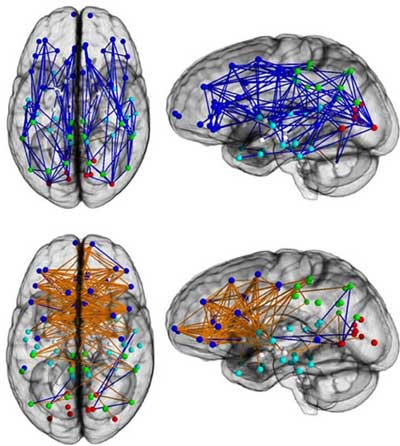
The Neuroscience of Leadership: Practical Applications
Neuroscience is the study of how the nervous system—and brain—works. New advances in the field of neuroscience may help us unravel the physiology of leadership effectiveness. Enter neuroleadership, a term coined by David Rock, author of Your Brain at Work.
The Neurochemistry of Positive Conversations
Why do negative comments and conversations stick with us so much longer than positive ones?
Positive comments and conversations produce a chemical reaction too. They spur the production of oxytocin, a feel-good hormone that elevates our ability to communicate, collaborate and trust others by activating networks in our prefrontal cortex.
Your Brain at Work
The human brain is quite extraordinary. To quote the South African writer Lyall Watson, “If the human brain were so simple that we could understand it, we would be so simple we couldn’t.”
The neurosciences are comparatively nascent in their development, but are already subject to pop culture and dumbing-down:
The Brain's Basis for Creative Thinking and Insights
The integration of the neurosciences with psychology are unearthing some interesting perspectives, one of the most surprising being how we think creatively and get insights. Increasingly, white collar folk are paid to think rather than to do, so success will depend on the company’s ability to create optimal conditions for that to happen.





















